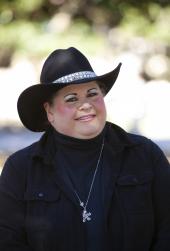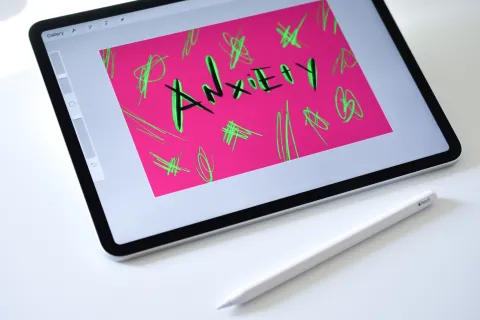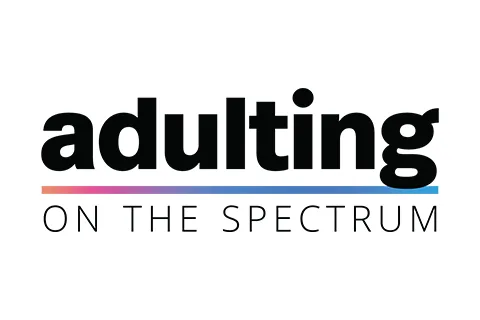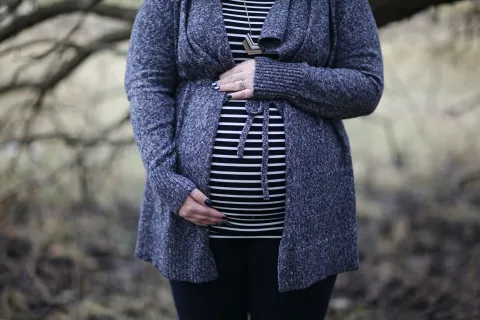Women on the Autism Spectrum and Stress
By Anita Lesko, BSN, RN, MS, CRNAEveryone experiences stress and anxiety at times, and generally it is short-lived. For many people on the autism spectrum, anxiety is instead a normal way of life. More and more females are being diagnosed with autism or realizing that they have autism as they learn more about the condition. Stress and anxiety of females on the spectrum can be made worse as they learn to camouflage their autism traits. When a person masks their autism, they keep secret from others what’s really going on inside them. It has only been in the past few years that researchers have discovered that females on the spectrum mask their autistic traits. This is probably why four times as many males are diagnosed with autism than females. The females have always been there, but they are often overlooked because they can mask their autism symptoms. Some males with autism mask as well, but not nearly the number or to the degree in which females do. By hiding their autism, it can help females gain friends, employment, and a social life. But at what cost?
Stress and anxiety can have effects on your central nervous system, cardiovascular system, excretory and digestive system, immune system, respiratory system, and cause many other problems like chronic headaches, sleep problems, muscle tension. It can increase the risk of heart attacks, strokes, heartburn, diabetes, high blood pressure, chronic stomach aches. Stress can also manifest itself in psychological ways, such as difficulty concentrating, easily losing your patience, thinking constantly about one issue and imagining the worst possible outcome, depression, even PTSD (post-traumatic stress disorder). As you can see, stress and anxiety are critical health issues for females on the spectrum.
Masking requires constant and extremely elaborate effort by the person. “Camouflaging is often about a desperate and sometimes subconscious survival battle,” says Kajsa Igelström, assistant professor of neuroscience at Linköping University in Sweden. “And this is an important point, I think — that camouflaging often develops as a natural adaptation strategy to navigate reality,” she says. “For many women, it’s not until they get properly diagnosed, recognized and accepted that they can fully map out who they are.”
Masking can leave people physically exhausted and extremely anxious. Imagine sustaining that for a lifetime. Obviously, it takes a toll on the person’s overall health. Stress and anxiety are ever-present, and we need better tools for it to improve our health.
Because each person is different, there is no single solution to reduce stress and anxiety. A solution may lie in figuring out what interests you, what has worked in the past, and thinking of new things to try.
Start by thinking about what triggers of feelings of stress and anxiety for you. You might try writing down in a journal when you are feeling stressed or anxious. Putting it down on paper can help you see those situations more clearly later one, and see patterns of what makes you feel stress. Read about other females with autism and tools they use to cope with stress and anxiety. You might get some great tips and it may be comforting to see that others are feeling the same way you are.
Think about what you enjoy doing that can help you relax. Do you have a particular hobby, sport, or activity that allows you to focus on that which will give your mind a rest from stress and anxiety? For some, spending time with a pet offers peace, comfort, and security. For others, physical activity – even a nice walk – can relieve stress.
Make time each day doing something that allows you to feel peace and tranquility. Even thirty minutes can help your psychological and physical wellbeing. No matter how busy your day, or demands from work or family, you owe it to yourself to take care of yourself. In turn, the positive effects from taking the time to engage in a relaxing activity will benefit not only yourself, but everyone around you!









